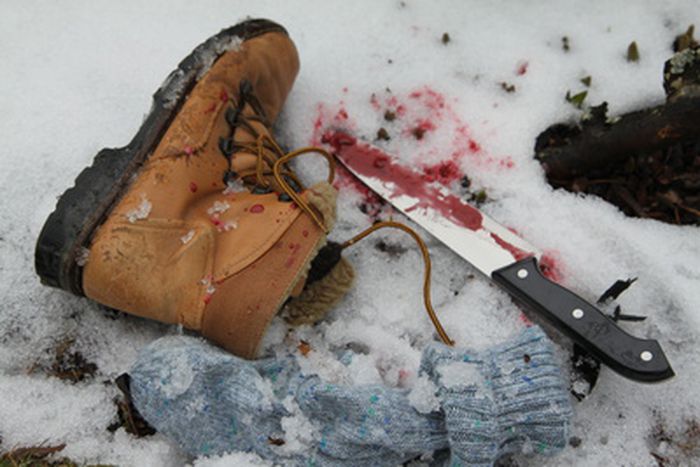
A Murderer on the Loose I
Published on
Translation by:
Thomas McGuinnAn example of how Austria has dealt with Nazi war criminals following the Independence Treaty of 1955.
Franz Murer was born in Styria in 1912. He gained notoriety under the nickname “The Butcher of Vilnius”. He died in 1994, just a few miles away from his birthplace.
His Crimes
He joined the Nazi Party and in 1941 was made responsible for “Jewish Affairs” in Vilnius. During his office – which lasted until 1943 – the Jewish population count fell from 80,000 to 600. He had a gruesome reputation as a sadist. And a corrupt sadist at that: one’s sentence could be mitigated with jewellery and gold.
Simon Wiesenthal reports how, under his command, two groups were brought together: A labour battalion that was to execute the members of the other group in the nearby forest. The father of a 17 year-old boy was in the labour battalion; his son was in the other group. The boy tried to sneak his way over to his father. Murer caught him and shot him dead before his father's very eyes.
Another witness tells of the ban on having children in the Ghetto. Murer took one child away from its mother, poisoned it and tossed it back to her in bed with a laugh. Another one relates how a hunchbacked girl, walking along the street in the Ghetto, passed by Murer. He is said to have remarked to a German, "Just look at the filth in this Ghetto!", whipped out his pistol and shot down the girl of about ten.
The Consequences
In 1947, Simon Wiesenthal is staying in Gaishorn, and whilst there he happens to bump into Murer. He is handed over to the Allies and ends up in Graz Central Prison. In 1948, the British – who previously accepted the responsibility – hand him on to the Soviet Union. Many testify against his horrific crimes, and one year later he is sentenced to 25 years' penal labour.
1955 – every Austrian knows the date: The Austrian State Treaty. Following Austria's freedom, the Soviet Union hands over all POWs and war criminals to the newly christened Republic. In its original sense, the handover was not tantamount to their release. Nevertheless, Wiesenthal bumps into Murer again in 1960. So, over the course of the "Murer Files", he phones the police station in Gaishorn to ask for details of the arrest. The policeman says that he doesn't actually know anything about it but is happy to help. He says that he will get in touch again at a later date and question Murer in the meantime. Wiesenthal is appalled. Murer was free, then. Once again he phones the Federal Ministry of Justice. There they explain that there's probably been a bureaucratic blunder.
Meanwhile, thanks to the bureaucratic blunder, Murer had managed to become a member of the Austrian People's Party (German: Österreichische Volkspartei, ÖVP) and had been elected as a member of the District Chamber of Agriculture. When Wiesenthal manages to co-ordinate a new arrest with international support in 1962, Murer's colleagues object his detention. In the trial that ensues, witnesses testify once more, including even the father of the son who was gunned down. The verdict: "Not guilty." Murer is free for good.
Translated from Mörder in Freiheit I



